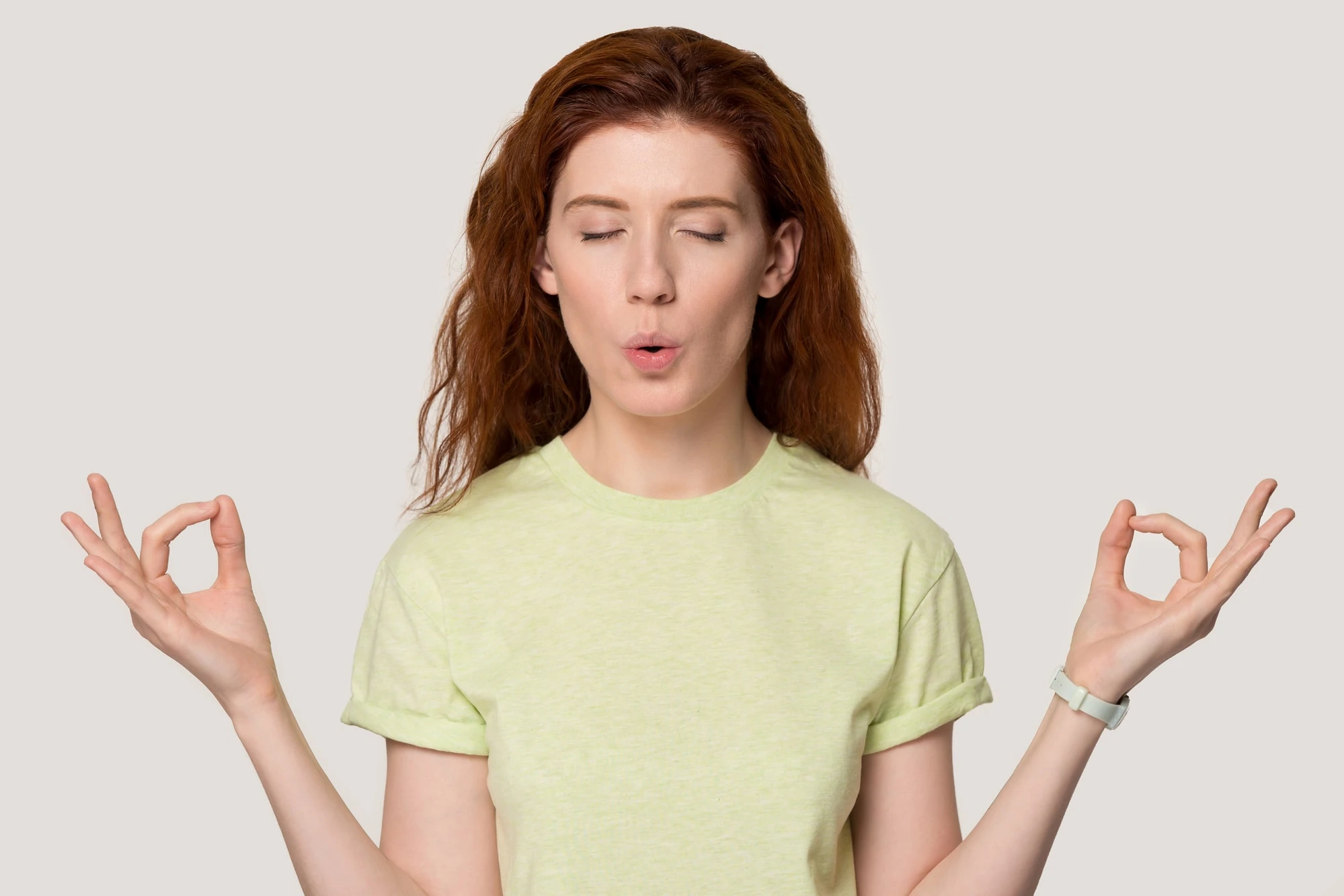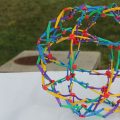We’re finding out now that long COVID is extremely common. Roughly one-third of those infected will have some lingering symptoms, most often fatigue and loss of smell or taste. We’re also finding just how mysterious it is, affecting more women than men, for instance, and more younger adults than older.
How its enigmas are being unraveled is the subject of an excellent new longread in The Atlantic. While we think the whole piece is well worth your time, there’s one aspect that we want to take a closer look at – the emerging importance of breathwork as an effective support for recovery.
Everyone knew, of course, about severely sick COVID‑19 patients on ventilators. What the researchers and doctors at Mount Sinai hadn’t realized was that even mild cases might be affecting respiration after the acute phase of the disease. Evidence began to accrue that long-COVID patients were breathing shallowly through their mouths and into their upper chest. By contrast, a proper breath happens in the nose and goes deep into the diaphragm; it stimulates the vagus nerve along the way, helping regulate heart rate and the nervous system. Many of us breathe through our mouths, slightly compromising our respiration, but in patients with post-acute COVID syndrome, lung inflammation or another trigger appeared to have profoundly affected the process. In these cases, patients’ breathing “is just completely off,” [said Dr. Dana] McCarthy [lead clinician at Mount Sinai’s Center for Post-COVID Care].
Ultimately, the Center turned to a controlled breathing program designed by Stasis to help patients resume normal breathing patterns. Within a week of starting its pilot program, patients found their symptoms improving.
The key was the realization that the diaphragm and the nervous system had to be coached back to normal function before further reconditioning could start. “You cannot rehabilitate someone when their symptoms are completely out of control,” [Mount Sinai’s Director of Rehabilitation Innovation David] Putrino said. Although patients still faced an unfolding array of unpredictable symptoms, breathwork helped get them to a “place where the healing can start.”
Three other factors may be at play here, others at the center suggest. For one, breathwork can help patients control their heart rate. Second, its effect on the stress response may help with immune regulation. Last, diaphragmatic breathing supports circulation in the lymph system, “often described as the body’s highway for immune cells, which plays a role in eliminating toxins and waste.”
“‘It doesn’t help with my mobility,’” one patient told The Atlantic. “But ‘for some reason, my symptoms”—of breathlessness, dizziness, and brain fog—“have noticeably lessened.’”
The Power of Controlled Breathing

An asthma sufferer myself, I’ve found that yogic techniques like nasal breathing, pausing and lengthening my exhales, have been revolutionary in terms of symptom reduction. In fact, by stabilizing air pressure in the lungs, building up a little CO2 (to counteract hyperventilation), and warming and conditioning the air we take in, nasal breathing just might be the simplest and most effective tool of all.
It’s one of the key concepts in the chapter on breathwork in our book Yoga Calm for Children, which also includes a comprehensive natural breath inquiry and five breath-focused activities: Belly Breathing, Volcano Breath, Pinwheel Breath, Synchronizing Breath, and Back Breathing. All of these help tame the fight-or-flight response that can ramp up during times of stress and illness, restoring a sense of calm groundedness.
You can try the natural breath inquiry for yourself – as well as enjoy a few moments of relaxation – through the video below. And not to worry if you don’t have a mat nearby. The exercise can be done in a chair, as well.
Instilling the Habit of Proper Breathing
By learning to control the breath, you instill the habit of proper breathing – through the nose and with a relaxed abdomen. It can be as simple as the Stasis technique that Mount Sinai is using, which largely involves inhaling to a certain count, pausing, and then slowing the exhale. It’s very safe, very accessible, and easy for anyone to do.
The idea is to restore diaphragm function and increase lung capacity. The stress and anxiety reduction that follow are an extra benefit.
Of course, if you have COVID – or any kind of lung disease or other medical condition – before trying these or any other breathing techniques, consult with your doctor. But you might be surprised if they don’t teach you a yogic breathing technique or two.




